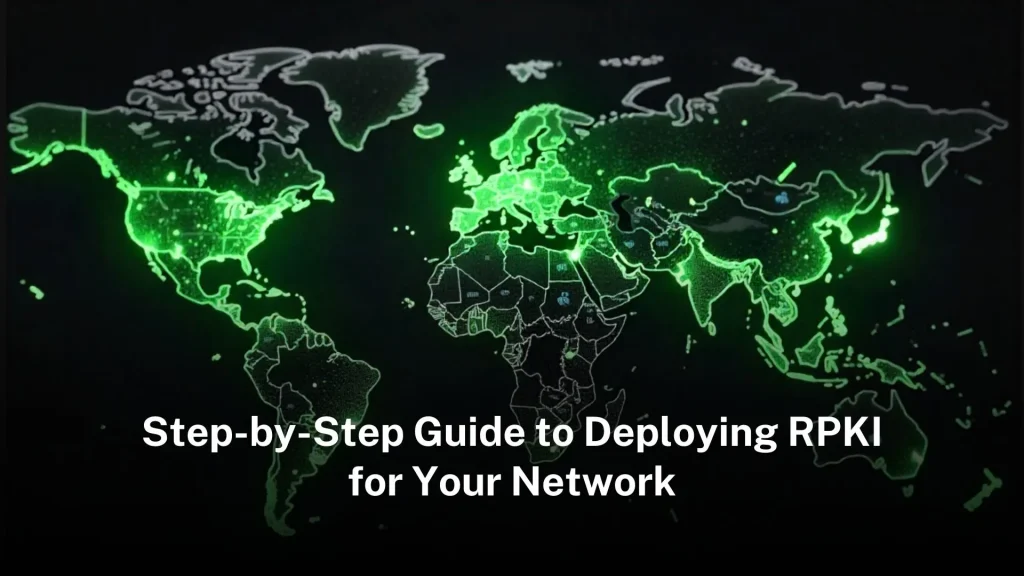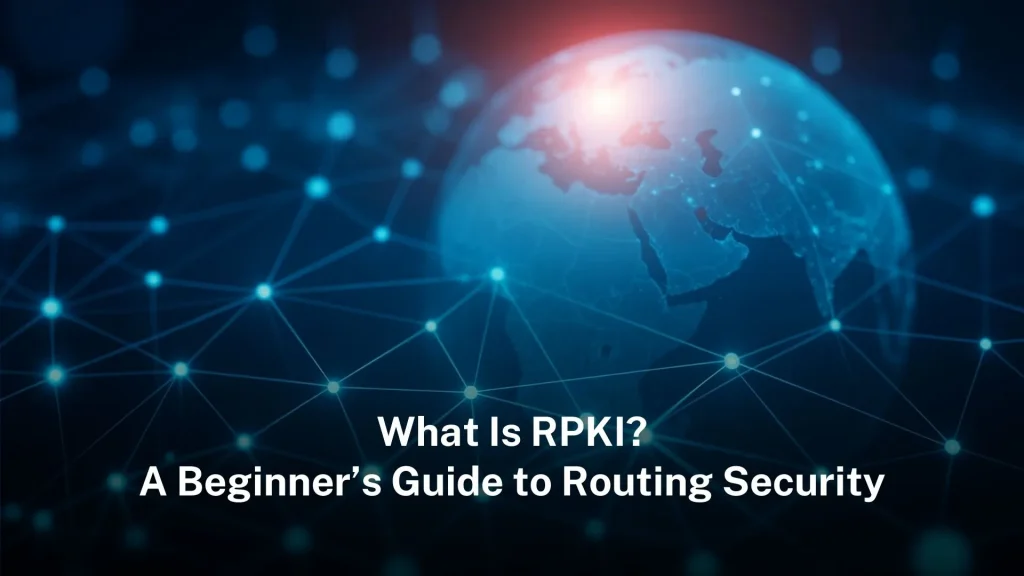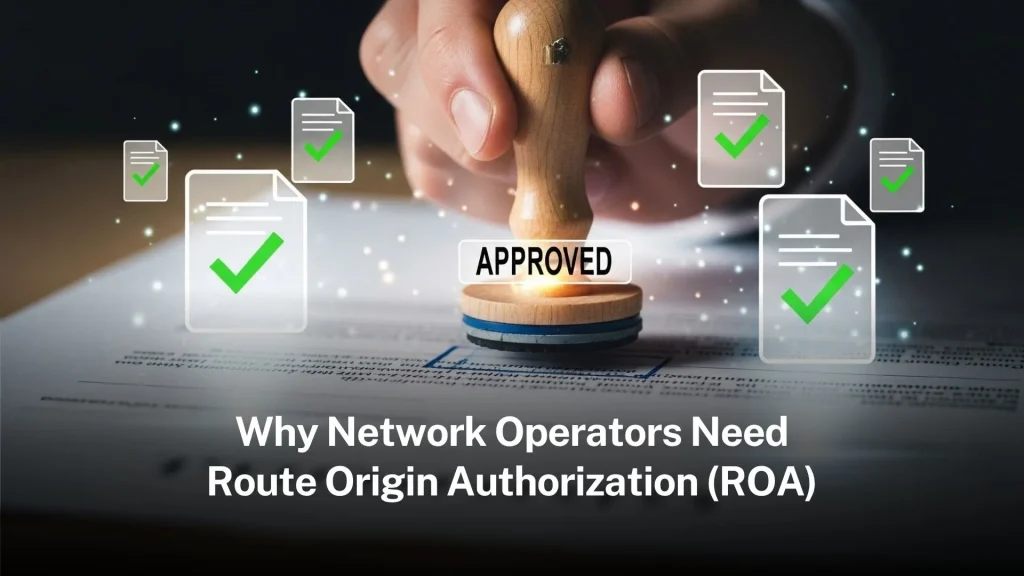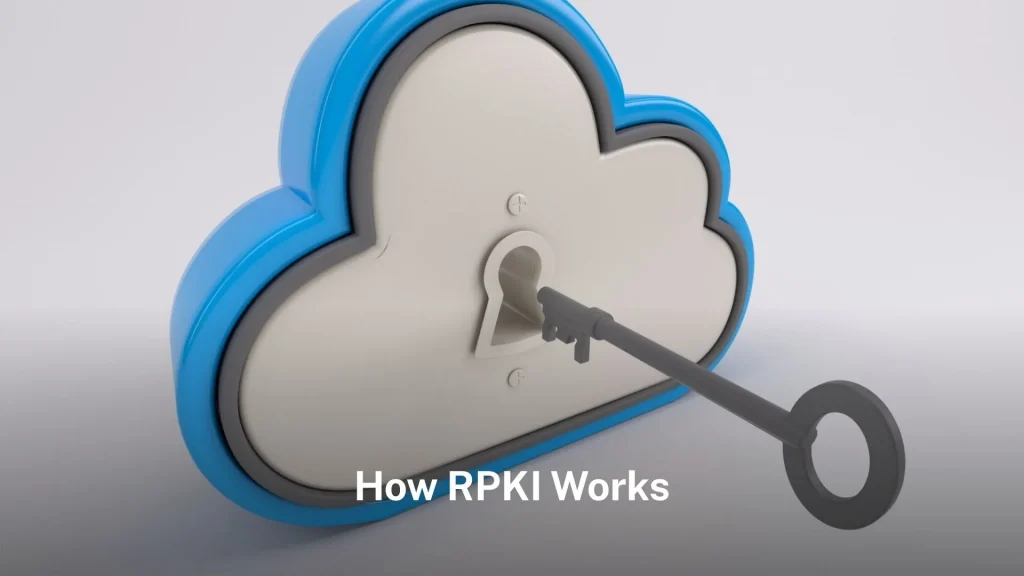Data is broken into packets that navigate complex global routes before reassembling at their destination.
Table of Contents hide- Submarine cables and internet exchange points form the backbone of this process, enabling near-instant communication worldwide.
The invisible journey of your data
When you send a message, stream a film, or load a webpage, your data doesn’t travel in one piece. Instead, it embarks on a complex journey, broken into packets that traverse a global network of infrastructure before reassembling at their destination. This journey is facilitated by a combination of technologies and protocols that work seamlessly to ensure your data reaches its intended location quickly and accurately.
The role of TCP/IP
When entering a web address or sending a file in a browser, the raw data (e.g. web content, video, etc.) is split into multiple small packets. Each packet contains the destination address (receiver’s IP), the source address (sender’s IP), and some of the original data. For example, a video file may be split into thousands of packets, each of which is transmitted independently. The packets are further encapsulated with information such as TCP/IP protocol headers (for control transmission) and physical layer frame headers (for LAN transmission).
When you initiate a request—such as loading a website—TCP divides your data into smaller units called packets. Each packet contains a portion of your data, along with information about its origin, destination, and sequence. When packets arrive at the destination server, the TCP protocol checks for order and integrity and missing packets are requested to be retransmitted. All packets are reorganised and restored to the original data (e.g. web pages, videos). The receiver also sends an acknowledgement signal (ACK) to inform the sender that the data has been successfully received
The Internet Protocol (IP) then assigns addresses to these packets, ensuring they know where to go. This system allows for efficient routing and reassembly of data, even if packets take different paths to reach the same destination.
From your device to your ISP
An Internet Service Provider (ISP) serves as the essential bridge between an individual user and the global internet. It provides the infrastructure and services necessary to enable network access, facilitate packet forwarding, assign IP addresses, and manage traffic across various networks. Without an ISP, the internet would be comparable to a maze without roads—no clear pathways would exist for data transmission.
Once data is segmented into discrete packets by your device, it begins its journey by traversing your local network and reaching your ISP. This process typically involves a modem and a router, which collectively act as the conduit between your home network and the broader internet. The ISP then assumes responsibility as the gateway, forwarding your data packets to their respective destinations using an array of interconnected routers and switches. These network components direct traffic based on the IP addresses embedded in each packet.
Each time a user opens a web browser and enters a URL, the initial stage of data transmission involves the request departing from the user’s device—be it a smartphone, laptop, or smart TV—and heading toward the ISP. In the United Kingdom, notable ISPs include BT, Virgin Media, Sky Broadband, and TalkTalk. These companies provide the physical and virtual infrastructure required to connect households and businesses to the global internet.
ISPs operate large-scale networks comprising servers, switches, routers, and extensive cabling that together form a critical component of the broader internet ecosystem. They also maintain what is known as the “last mile”: the final physical link—commonly copper wiring, fibre-optic cable, or cellular connectivity—that connects end users to the internet backbone.
How your data reaches the ISP
When a web address is typed in and the ‘Enter’ key is pressed, the device typically transmits the request to the home router via a Wi-Fi connection or a wired Ethernet link. The router passes the request to a modem, which converts the digital signal into a format suitable for transmission over ISP infrastructure – this could include DSL phone lines, coaxial cable, fibre optic networks, or even satellite systems, depending on the service.
At this point, the data officially leaves the premises and enters the domain of the ISP.Upon receipt of the packet, the ISP must determine the most efficient route to the intended destination. This routing process uses extensive routing tables and sophisticated Internet protocols to analyse the metadata in each packet. Like a centralised postal sorting facility, the ISP evaluates the destination ‘address’ on each packet and forwards the packet along the best available path, taking into account factors such as congestion, latency, etc. The ISP then forwards the packet along the best available route.
Navigating the internet backbone
Beyond your ISP, your data enters the internet backbone—a network of high-capacity data routes that connect major networks and data centres worldwide. These routes are maintained by large telecommunications companies and are essential for long-distance data transmission.
After the initial transmission through an Internet Service Provider (ISP), the data enters the Internet backbone – a vast system of major global networks, data centres, routers, and high-capacity fibre optic cables tasked with transmitting data across regions, countries, and even intercontinents.
Internet backbones are typically built and maintained by large telecoms companies and infrastructure providers such as Lumen Technologies, NTT, AT&T and others. The data paths they operate form the core infrastructure of the Internet, ensuring that information can be delivered efficiently and securely across the globe.
These backbones consist mainly of fibre-optic cables, which have a much higher transmission capacity than home networks. Many fibre-optic cables span oceans and continents, such as the submarine fibre-optic cable systems that traverse the Atlantic Ocean, and they carry the vast majority of the world’s Internet traffic.
In a backbone network, data is passed to core routers, high-performance devices that determine the best transmission path for packets through mechanisms such as the Border Gateway Protocol (BGP).
Just as there are local streets and motorways in city traffic, you can compare the Internet backbone to the international motorway system of the digital world. While home networks and ISPs are responsible for local connectivity, the backbone is responsible for transferring huge amounts of data from one country to another and from one continent to another.
The existence of the Internet backbone makes the geographical distance almost imperceptible when you access web pages or video content on US servers in London. It not only enhances the efficiency of the Internet, but also forms the basis of the global digital economy.The role of submarine cables
A significant portion of international data transmission occurs through submarine cables—undersea fibre-optic cables that connect continents. These cables are responsible for carrying over 99% of global internet traffic, offering higher capacity and lower latency compared to satellite communication.
Bringing data closer to users
Content Delivery Networks: Bringing Data Closer to the User. To further improve data transfer efficiency, reduce latency, and optimise web page loading speeds, many enterprises have adopted Content Delivery Networks (CDNs), a system of globally distributed server nodes whose core function is to cache copies of website content on servers close to the user’s geographic location.
In the traditional data delivery model, all content requests need to go directly to the source server (i.e., where the content was originally hosted). If the server is located in a distant country or region, the data may encounter bandwidth bottlenecks, network congestion or relay failures during transmission across multiple network hops, resulting in slow loading and unstable access.
The primary purpose of a content delivery network (CDN) is to reduce latency, or the delay in communication caused by the design of the network. Due to the global and complex nature of the Internet, communication traffic between websites (servers) and their users (clients) must span long physical distances.
Reassembling data packets
As packets arrive at their destination, they are reassembled in the correct order to reconstruct the original data. This process is managed by the receiving device’s TCP, which ensures that all packets have arrived and that none are missing or corrupted.
If any packets are missing or contain errors, the TCP protocol requests retransmission, ensuring data integrity. Once all packets are successfully reassembled, the data is presented to the user in its intended form—be it a webpage, video, or email.
Ensuring data security and privacy
Throughout its journey, your data may pass through multiple networks and devices, raising concerns about security and privacy. To protect data, various encryption protocols are employed, such as Secure Sockets Layer (SSL) and Transport Layer Security (TLS).
These protocols encrypt data during transmission, making it difficult for unauthorized parties to intercept or tamper with the information. Additionally, virtual private networks (VPNs) can provide an extra layer of security by routing data through secure servers.
FAQ
1. What is a data packet?
A data packet is a small unit of data transmitted over a network. Each packet contains a portion of the overall data, along with information about its origin, destination, and sequence.
2. Why is data broken into packets?
Breaking data into packets allows for more efficient and reliable transmission. Packets can take different routes to their destination, and if any are lost or corrupted, only those specific packets need to be retransmitted.
3. How do routers determine the path of data packets?
Routers use protocols like the Border Gateway Protocol (BGP) to determine the most efficient path for data packets. These protocols consider factors such as network congestion and link reliability to route packets effectively.
4. What happens if a data packet is lost during transmission?
If a packet is lost or corrupted, the receiving device’s TCP protocol detects the issue and requests a retransmission of the specific packet, ensuring complete and accurate data reconstruction.
5. How do Content Delivery Networks (CDNs) improve internet performance?
CDNs store copies of content on servers distributed globally. When a user requests content, it is delivered from the nearest server, reducing latency and improving load times.
6.What is an ISP, and why do I need one?
ISP stands for Internet Service Provider. This is the company that gives your home or mobile phone internet access. In the UK, examples include BT, Virgin Media, Sky and TalkTalk. Your ISP connects your local network (like your Wi-Fi at home) to the rest of the global internet. Without it, your device would have no way to communicate with websites or online services outside your home.
7. Why does my internet sometimes feel slow?
There can be several reasons. Sometimes the connection between your device and your ISP is weak, or the network is busy with many users. Other times, the website you’re trying to reach might be hosted far away, and the data takes longer to travel. To solve this, many companies use Content Delivery Networks (CDNs), which store content closer to you so it loads faster.










Leave a Reply